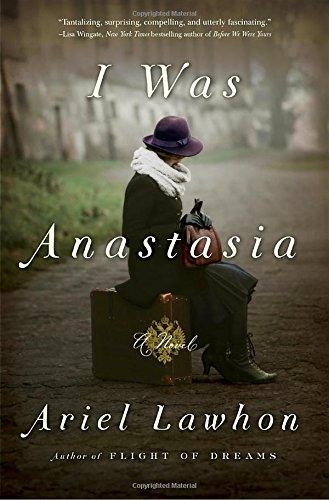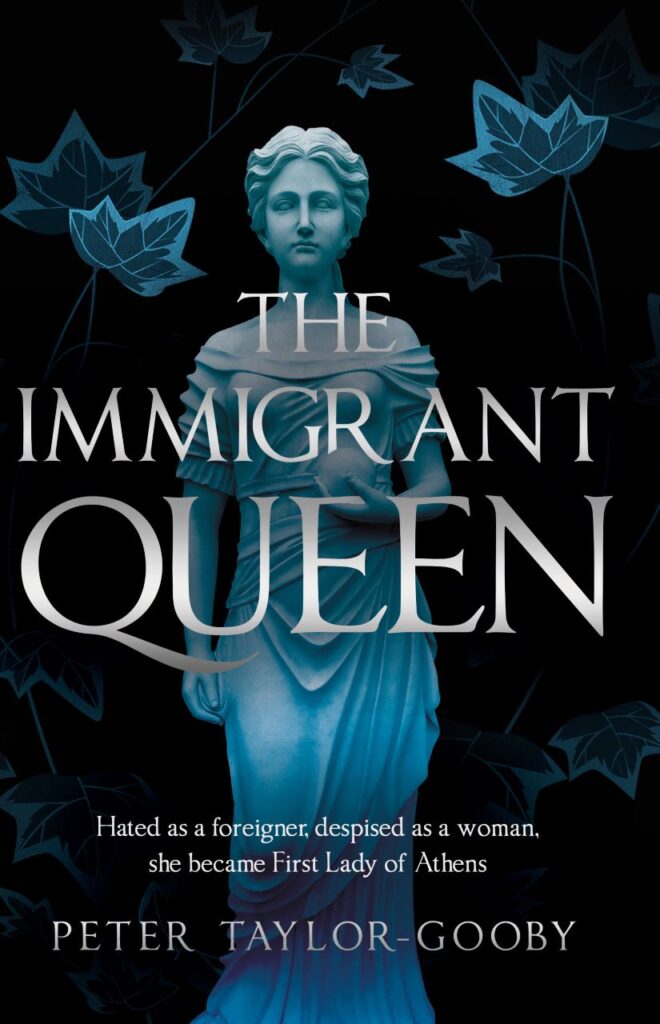I Was Anastasia
I’ll start by revealing that I’m a huge Romanov junkie, and so predisposed to like this novel. With a very few caveats, I wasn’t disappointed—and since those caveats arise from my decades-long fascination with the book’s central mystery, the average reader probably won’t even notice them. Memorable, poignant, and a dazzling tour-de-force of structure and storytelling, this novel starts in both the last days of Tsarist Russia and in 1980s Virginia. For once there was a young woman named the Grand Duchess Anastasia, who died in July of 1918. Once there was a woman who calling herself Anna Anderson, who died in February of 1984. The question over whether Anna was in fact the Grand Duchess Anastasia raged for most of the 20th century, and although the question was pretty conclusively settled in the early 21st century, the arguments remain.
The positives: the book’s amazing narrative drive, and its willingness to explore the darker reaches of both Anastasia’s and Anna’s souls. The downside: the amazing inaccuracies about the imperial family’s pets. There never was a black Siberian husky named Jimmy. There was a very small spaniel named Jemmy (sometimes given as Jimmy). The French bulldog’s name is usually given as Ortipo, not Ortimo. Minor points, but historical novels are created of minor points used to produce an illusion of reality.
However, I still thoroughly enjoyed this book. For one thing, the story structure is just plain brilliant. Anastasia’s story rolls inexorably forward as Anna’s unravels backward until the stories collide with the inevitability of tragedy. And even though I knew how the novel must end, I still found myself hoping that somehow the author had managed to pull off the miracle that would change Anastasia’s history—or at least change Anna’s.










